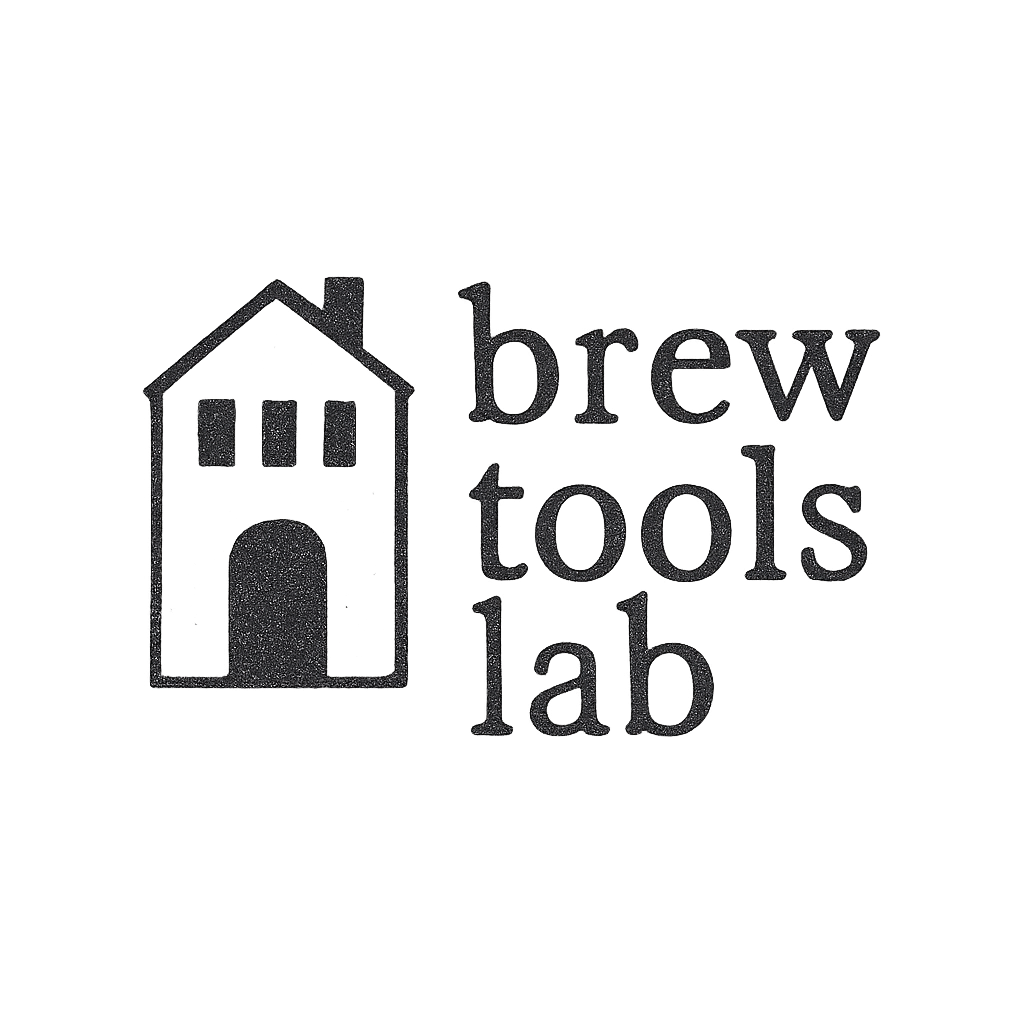(Zero-Bypass Made Easy)
What makes the Tricolate different
Unlike cone brewers that allow water to sneak around the sides (bypass), the Tricolate forces all brew water straight through the coffee bed. That design—flat, wide bed + dispersion screen—supports very even extraction and can hit unusually high EY numbers when dialed in. Expect an easy workflow (no fancy pouring needed) and clarity that edges toward “filter-meets-immersion.”
Gear & ingredients
- Tricolate brewer + paper filter
- Fresh light/medium roast coffee
- Burr grinder capable of finer-than-V60 grind
- Kettle (boiling or ~96–100 °C / 205–212 °F)
- Scale + timer
- Stir stick or WDT tool (optional but recommended)
Grind target: start around 550–650 µm (finer than typical pour-over), and adjust to finish in the target time. – 80 Stone Coffee Roasters
Base recipe (reliable starting point)
- Dose: 20 g coffee
- Water: 400 g (1:20) boiling
- Total time: 6–9 minutes (drawdown complete)
This ratio and time window are widely recommended by pros and community testers; it maintains ideal bed depth and yields high, sweet extractions. Specialty Coffee Blog – Pull & Pour, Home-Barista
Step-by-step
- Prep & rinse
Place the filter, thoroughly rinse to pre-heat the plastic body and wet the paper, then drain. This prevents heat loss that can stall extraction. ACE Coffee Roasters THROW OUT THE WATER FROM PAPER RINSE ITS GROSS - Add coffee & level
Add 20 g, shake or tap to flatten. Consider a quick dry WDT to break up clumps. Scott Rao - Bloom (3× dose)
Pour 60 g water through the screen to fully wet the bed. Swirl or gently stir (wet WDT) to eliminate dry pockets. Let sit ~30–45 s. Specialty Coffee Blog – Pull & PourScott Rao - Main pour(s)
You can either:
- All-in pour: Add the remaining 340 g at once; swirl briefly; then leave it alone (the Tricolate doesn’t require precision pouring). Prima Coffee
- Staged pour (Rao method): Add ~170 g at 1:00, then the final ~170 g when the water line is ~1 cm above the bed (≈3:00–6:00). Finish with an aggressive spin to level the bed. Specialty Coffee Blog – Pull & Pour
- Drawdown target
Let it run. Aim for total brew 6–9 minutes. If you’re consistently over 10:00, coarsen slightly; under 5:30, go finer. Café FabriqueHome-Barista
Tuning & why it works
- Finer grind than “normal” pour-over
No-bypass design reduces channeling risk; you can grind finer to access more solubles and sweetness without sharp astringency. Many roasters report mid-20s EY when dialed in. Café Fabrique80 Stone Coffee Roasters - Agitation is your friend
A short bloom stir or spin helps saturate the wide bed; wet WDT during bloom is an increasingly popular trick for evenness. Scott Rao - Hands-off pouring
Because the dispersion screen spreads water evenly, you don’t need a gooseneck or pulse choreography—just pour through the screen and give one or two gentle swirls. Prima Coffee
Variations to try
- Iced high-EY
Use 15 g coffee; 330 g total water split as 110 g ice in the server + 220 g hot water through the brewer. Expected bright, sweet iced cups. Reddit - Two-cup recipe
20 g coffee to 440 g boiling water; quick swirl at bloom (~35 s) and another at ~2:00–2:30. Target 5:30–6:30 total. Dawn Patrol Coffee
Troubleshooting
- Too slow / stalls → Coarsen slightly; ensure a full rinse; use a brief swirl after the main pour to re-flatten the bed. ACE Coffee Roasters
- Hollow/under-extracted → Go finer and/or raise water temp to boiling; consider a longer contact time (within 6–9 min). Café Fabrique
- Uneven flavors → Add bloom agitation (stir or spin) or try wet WDT to break up clumps. Scott Rao
- No gooseneck? → Totally fine; the screen removes the need for precision pouring. Prima Coffee
Water & numbers (for nerds)
For repeatable clarity, several guides target roughly ~100–120 ppm TDS water and neutral pH; example roaster data shows TDS ~1.8% and EY ~24–25% on light roasts when the drawdown and grind are on point. 80 Stone Coffee Roasters
Why pick Tricolate over a cone?
If you want maximum evenness with minimal technique, Tricolate’s no-bypass geometry is hard to beat. Flat bed + screen = fewer variables and excellent consistency; many folks hit their BEST extractions on Tricolate with less learning curve than V60. You don’t need to be a barista here and you DON’T NEED A GOOD POUR TECHNIQUE.
I get no affiliate link $ on Tricolate’s but wholeheartedly support this jumpstart into awesome pourover with minimal technique.
